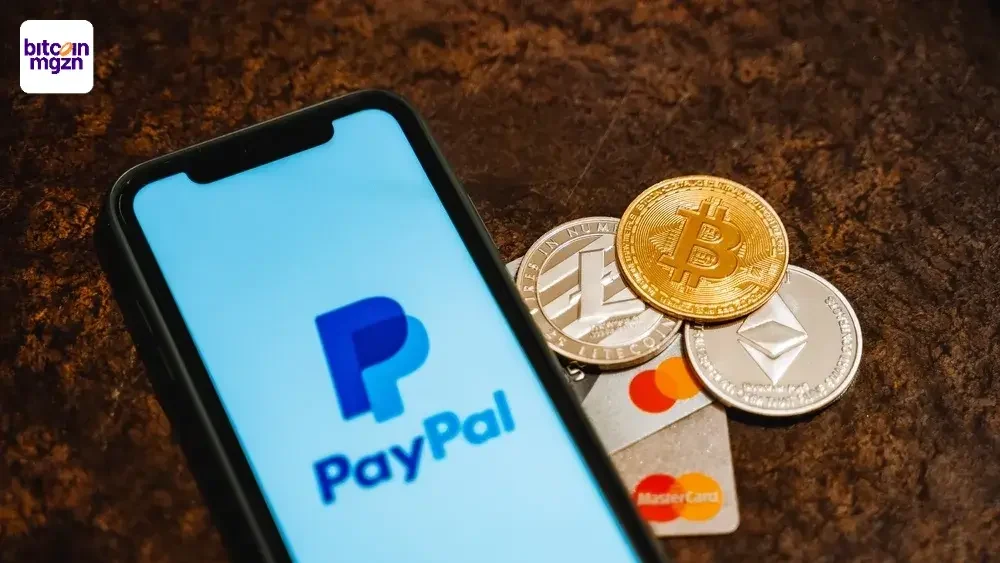South Korea’s Financial Services Commission (FSC) set new rules for crypto lending.
The FSC said on Friday that interest on crypto lending is now capped at 20% in South Korea, and leveraged lending is not allowed. Crypto lending is restricted to the top 20 tokens by market capitalization or those listed on at least three won-based exchanges.
The new rules follow late July reports that South Korea’s financial regulators had plans to release guidelines on cryptocurrency lending services to tighten oversight and protect investors. The move also followed the introduction of leveraged lending services by local crypto exchanges.
The FSC noted that the review of the rules was triggered by a request from financial services, given the lack of regulations for lending. Now, exchanges must also ensure that first-time borrowers have completed online training and suitability tests set by the local self-regulatory organization, the Digital Asset eXchange Alliance (DAXA).
Related: South Korea readies stablecoin framework; bill set for October
More transparency, fair practices
In the event of forced liquidations, users must be notified in advance, and adding capital to a position to avoid liquidation must be permitted. Lastly, exchanges must use their own capital to provide lending services:
“The new regulations reflect South Korea’s increasingly critical stance toward crypto. Lee Eok-won, the nominee for chairman of the FSC, recently made critical remarks about cryptocurrency, noting that “crypto has extreme price volatility, lacks monetary function” and has “no intrinsic value.”
According to reports from late July, the level of scrutiny is expected to increase. At the time, South Korea’s central bank was reported to be launching a virtual asset committee to monitor the crypto market.
Still, crypto is gaining popularity in South Korea at a rapid pace.
Related: South Korea orders exchanges to halt crypto lending services
South Korea’s youth bets on crypto
A recent report indicates that wealthy families and family offices across Asia are increasing their cryptocurrency allocations, with some planning to allocate about 5% of their portfolios to the asset class. Data from the end of March showed that crypto exchange users in South Korea have surpassed 16 million, following a surge in their numbers after the election of pro-crypto US President Donald Trump.
The number of users is equivalent to more than 30% of South Korea’s total population. Still, some suggest that this is a consequence of financially hopeless local youth seeking easy money, rather than embracing the technology.
In late June, Eli Ilha Yune, chief product officer at quantum machine learning startup Anzaetek, suggested that the “motive comes not from […] a belief in Web3 […] like in the West.” He said that South Korean crypto adoption is a consequence of the financial desperation afflicting the younger generation.
Magazine: South Koreans dump Tesla for Ethereum treasury BitMine: Asia Express
Source: https://cointelegraph.com/news/fsc-caps-crypto-lending-rates-south-korea?utm_source=rss_feed&utm_medium=feed&utm_campaign=rss_partner_inbound


